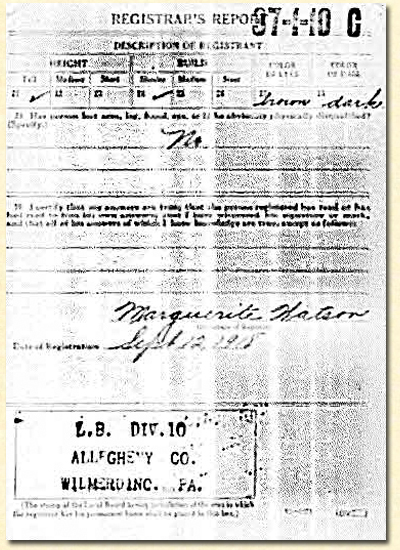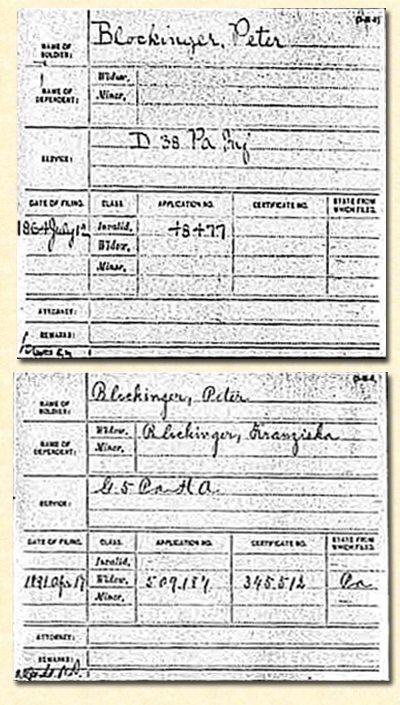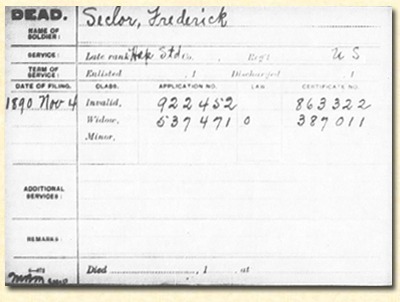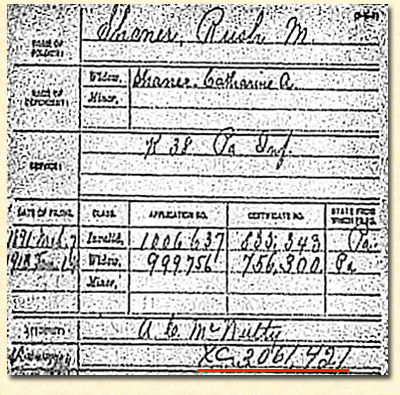A lady in the class asked a question (and a very good one I might add), “when did last names develop?” With the idea that further designations were necessary to distinguish one person from another with the same first name. After all, we all can’t be an Elvis, Madonna, Bono, Cher, Sting, or Lindsey. Lindsey? Oh, yeah Lindsey Lohan is not one of the mononymous few, even though she thinks she is. Strike her from the list.
Actually the beginning of surnames began during Bible times and precisely during the intertestamental period, as the Apocryphal books testify of one of the period’s heroes listed by the name of Simon Macabees. By New Testament times, simple surnames were in common usage and they followed the same conventions as many later European surnames. To illustrate my point, I used the name Simon which is used frequently in the New Testament and is the Greek form of the Hebrew/Old Testament name of Simeon.
Naming Conventions
The conventions one finds in the New Testament were used later in Europe for proto-surnames. While I will use some illustrations from various countries and languages, most will center on English names and naming conventions.Patronymic Surnames: In the New Testament, Simon Barjona or Simon son of John is an example of a patronymic cognate. Depending on the language or country, prefixes and suffixes are used. In Scotland and Ireland, the prefixes of Mc and Mac are used for son as in McDonald and MacDonald. In Ireland, O’ is used for grandson, as in O’Kelly.
The Norman-Irish prefix for son is Fitz as used in Fitzhugh. In Wales, the prefix "ap" was used for "son of," as in "ap Jones" for son of Jones/John. While "ap" is used occasionally today, it is more often found as a contraction into a unique patronymical surname. Sometimes the "p" was replaced with a "b." For example, "ap Richard" was contracted to Prichard while "ap Owen" became Bowen.
As for suffixes, -son is common in both England and Sweden as in Johnson and Nilsson respectively. In Denmark and Norway, the -søn and -sen are used as in Johannsøn and Jensen. In Greece, son of is rendered –opoulos as in Stephanopoulos. Slavic patronymic names often have variations on the suffix “ivich” as in Milosovich. Other Slavic variations are based on country (or language) of origin and the spelling of the root name.
Vocational Surnames: The New Testament provides a couple examples of names based on occupation and include Simon the Tanner and Simon the Sorcerer. Modern names derived from occupations include Smith, Cooper, Chandler, Shumaker, Fisher, Farmer and many others.
Locational Surnames: Simon of Cyrene and Simon the Canaanite are locational cognates for men with the same name. Although not specifically called as such, the father of Judas Iscariot was named Simon – therefore he could have been called Simon Iscariot or “of Kerioth.”
In English, names ending in –ton, -by, -ham, -wick, -caster or -chester, and –shire indicate a specific place as in Norton, Selby, Warwick, Durham, Manchester, and Ayleshire. Other European languages utilize “Von,” “Van” and “de” to indicate that the family was from some location as in the names von Richthofen, van Gogh, and de Haviland. The prefixes “de” and “von” were often used for families of noble origin while the Dutch “van” is not.
Other names are generic as in a non-specific geographic place such as Brooks – for someone living near a brook. The name Hill may have developed for a family living in a mountainous region and the names Forest and Woods for families who lived in a wooded area. Someone living near a lake may have been called John at the water – which evolved into the name Atwater.
Physical Characteristics: Some surnames have developed due to a person’s physical characteristics. In the New Testament, Simeon called Niger (or black) and Simon the Leper are examples from our lists of Simons. English surnames that developed from physical characteristics include Long, Short, Littlejohn, and Cruikshanks to name a few.
Nicknames: Because of the predominance of certain names, nicknames were often applied to distinguish individuals of the same name. The New Testament examples include Simon Peter (same as Simon Barjona). The name Peter (meaning stone) was a nickname given by Jesus to his disciple. Others include Simon the Pharisee and Simon Zealots (same as Simon the Canaanite) indicate their religious and political leanings.
English names, like Elder and Younger, were ascribed to distinguish two Williams who lived in a village – William the Elder and William the Younger. Merriman is an extension of merry man and it may have been originally used for someone of a pleasing disposition.
Ornamental Surnames: It is not known if Simeon called Niger (or Black) was based on his appearance or it was an ornamental name. Often surnames such as Rose, White, Black, Green, and Brown are ornamental names. In parts of Europe, Jews were required to take names based on the primary language of their country.
Often those who could afford to purchase names chose to take names associated with nature such as Rosenbaum (red tree), Goldblum (gold flower), Kornfeld (corn field) and etc. Those unfortunate enough not to able to afford purchasing a pleasant surname were often saddled with ugly and derogatory names chosen by local registrars.
Prior to the early 19th century, Sweden had a patronymic system that changed surnames with each generation. For example, Nils Larson’s son would have been named Johann Nilsson. Johann Nilsson’s son may have been Erik Johannson, while Erik’s son could have been named Bjorn Erikson. Sound confusing? It was for the Swedish government and it began requiring names to be either set with the current generation’s surname or for families to create new names. Both practices were utilized.
While this discourse doesn't cover every type of surname, it does explain how certain types of surnames developed over time.







